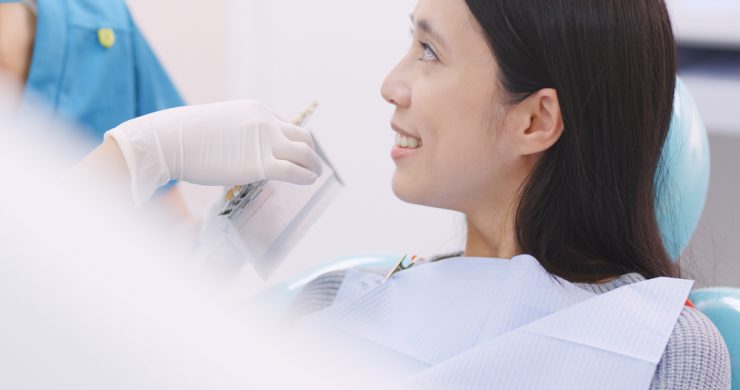A fibroid can be defined as a benign tumour present in the womb. A benign tumour is one which does not pose the threat of spreading from one place to another. Myomas and fibromas are the other two names in which this condition is known.
It can be of varying sizes ranging from the size of a pea to a large melon. The condition is so frequent in women that one among five of them develops it. Obese and Afro-Caribbean women are more at risk of suffering from this case. Depending upon the location in which it is found, fibroids can be divided into Intramural fibroids, Subserosal fibroids, Submucosal fibroids and Cervical fibroids etc.
Leiomyosarcoma is a rare condition which affects the smooth muscles of the womb.
Symptoms
In most of the cases the women won’t be aware of the growth developing within them. Very few cases present with symptoms such as periods that are painful, and at times may cause anaemia, abdomen may appear swollen or a sense of discomfort may develop, pain on your back and legs, frequent urination especially when bladder is involved, constipation due to the pressure exerted by the fibroid on the rectum, unpleasant experience during sex may indicate the involvement of vagina.
Causes
The exact cause for the occurrence of a fibroid is not yet clear. However it is thought that influence of oestrogen hormone is a driving factor.
Treatment
Gonadotropin releasing hormone agonist (GnRHa) is a hormone that is found to be effective in treating fibroids. This drug reduces the oestrogen release and promotes shrinking of the fibroid. But it has a few side effects like symptoms similar to that of a menopause, more sweating, hot flushes, dryness in vagina etc.
Other few drugs that can also be employed include:
Tranexamic acid: these are to be taken for 4 days from the commencement of periods. The treatment should be withheld once it fails to subside the symptoms.
Ibuprofen and mefanamic acid can make periods trouble free.
Few contraceptive pills also subside pain to some extend along with preventing periods.
Levonorgestrel intrauterine system (LNG-IUS) is another powerful drug that discharges progesterone and helps in reducing bleeding. Breast tenderness and head ache of varying degree are the main side effects. Rarely it may also inhibit periods on the whole.
Surgical procedures
Hysterectomy: this involves removal of the uterus.
Myomectomy : surgical removal of fibroids located on
Endometrial ablation: this process comprise the deduction of womb lining
Uterine artery embolisation (UAE) is a comparatively new medical advancement that inhibits the blood supply to the fibroid and thus promotes its shrinking.
Magnetic-resonance-guided percutaneous laser ablation
An MRI scan is used to detect the fibroids and laser lights are passed through to heal them.
Magnetic-resonance-guided focused ultrasound surgery – This also is similar to Magnetic-resonance-guided percutaneous laser ablation except for sound waves replacing laser beams that actually shrink the tumour.











